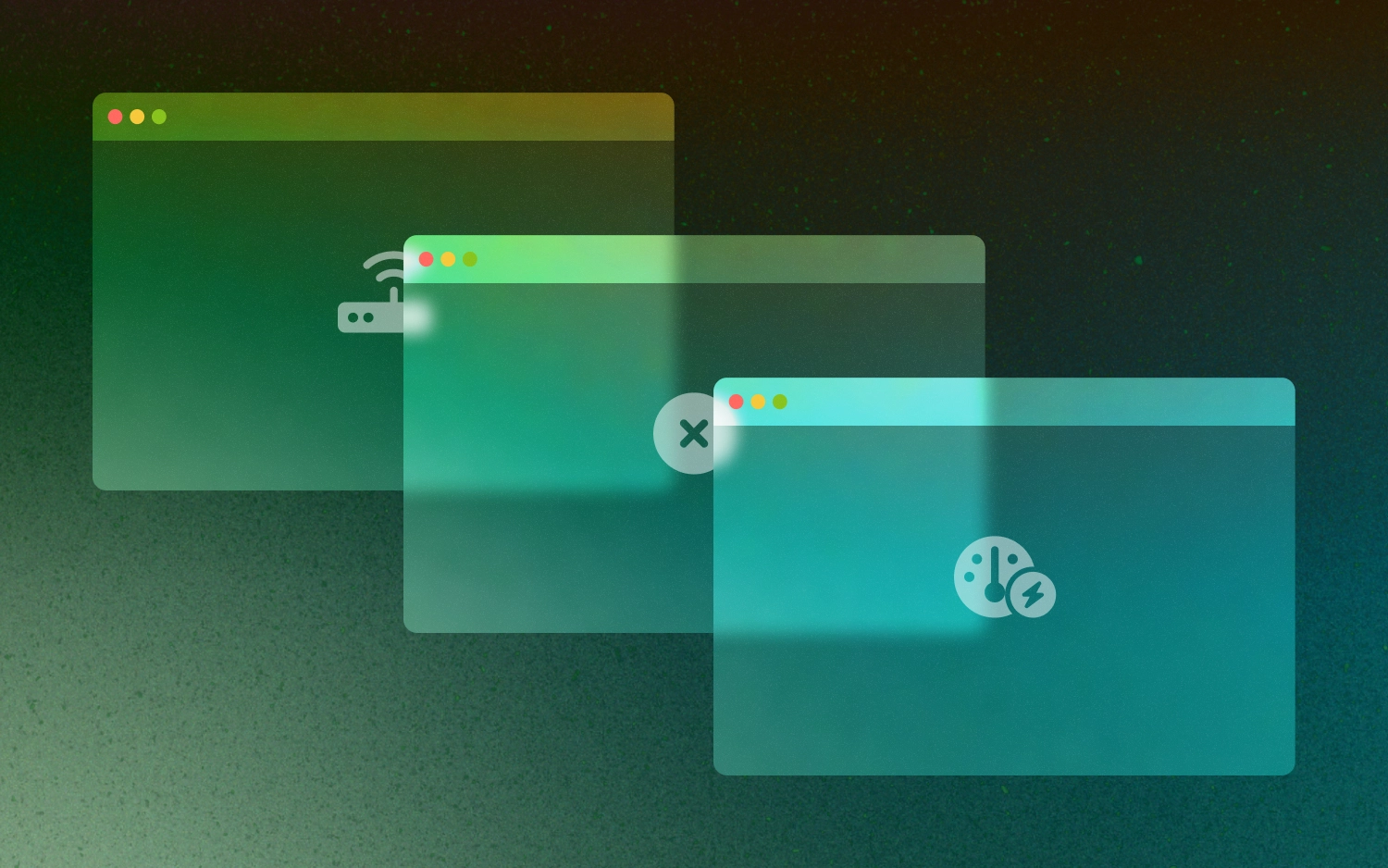Cybersecurity Can Be Design-First, Too

Why starting with design is so important to the lifecycle of a digital product
As companies work to establish secure connections for their newly-remote workforces, the demand for security products has skyrocketed. But it’s clear that those wanting to capitalize on this opportunity are thinking more about what the product can do, instead of who will be using it.
I watched product design take a back seat again and again while working in the cybersecurity space, only entering the conversation once legacy companies attempted to make their products more aesthetically appealing or user-friendly. But it’s an uphill battle for a designer tasked with improving the product at that point; we’re getting involved in the process a little too late.
We decided to create dope.security with a strategic approach to product design. We see the fierce competition in the industry.
It’s not enough for customers to trust that a solution is generally good; they also need to know that it’s good for them.
After all, the most secure product in the world is essentially useless if it’s too difficult to implement and operate.

Design Isn’t Just for Designers
Product design should be collaborative, but developers often get siloed in the process. They’re either treated as machines — handed a design and told to execute; or, they might receive no design at all — left to work with their own assumptions. Leaning on individual coding styles to dictate the result, is a lot like following directions without a map. It will probably work, but you’ll miss the big picture. If a road is unexpectedly closed, you won’t know which way is the optimal way to turn.
TL;DR: Sure it’ll work, but the people who built it aren’t the people using it, so the expected behavior flow just isn’t there.
When we think about design at dope.security, we’re considering not only the user experience and the user interface, but product development and longevity, too.
Static pixels alone don’t translate a product vision very well. If we don’t have a combined team discussion explaining the why behind a product decision, and how we intend for it to work, then the people building said product won’t have the understanding to help us reach our goal. This is where things get lost and mistakes get made.
Our first ideas start with design. We begin with UX: sketching basic functionality in Figma and thinking through a series of possible use-cases. We continue into UI: designing our conclusions properly to give them a polished presentation. Finally, we introduce these designs to a larger room for discussion with our engineers, developers, and product managers. It’s not quite as daunting as it sounds — we strive to maintain a more laid-back and horizontal hierarchy so we can tap into the experience and authority of the professionals we hired. It’s an old cliché that I can’t emphasize enough — collaboration is key — as working with a mix of diverse viewpoints and knowledgeable experts (we all have backgrounds in the industry) is our strongest move. This process lets us dive deeper into understanding our target audience — testing prototypes, refining what’s working, and removing what isn’t — especially when we don’t have an army of users to test with from the start.
Design Thinking Without Overthinking
UX/UI design thinking challenges us to blend into a user’s environment — be effective, but don’t always be seen.
Cybersecurity design today does the opposite; it’s got this misguided sense of “cyber” that we learned from The Matrix and Minority Report. Everything is branded with flashing numbers and digital glitches (and we must be hackers sitting in a dark room). I love those, don’t get me wrong, but they scream, “stale, outdated, convoluted.”
When we observe the world around us, the basic principles of design — balance, contrast, scale, repetition, movement, emphasis, unity — can be found everywhere. The layout of the tarmac at an airport. The architecture of an ice cream cone. The differences between the city grids of Chicago, Paris, and New York City.
Our goal is to give similar consideration to our product.
Plus, technology has become second-nature. We’re in the 2020’s, UI is a really steady focus now, so why reinvent the wheel when there are experts behind Facebook or Apple, and the very tools that made the internet what it is today? I listen to music constantly while designing — audio is a big source of inspiration, too — and you know what platform designed ingeniously for its music audience? Spotify. So, let’s borrow expected behavior.
Many companies become so intent on developing a functioning product that they lose sight of whether it’s useful. Product design becomes more of an afterthought instead of a critical part of the development process. The UX itself just isn’t considered at all — it’s developer-led, and then never revisited. Sure it functions, but at what cost? Who’s the end user? How long will it actually take the average user to complete a task with your tool?
We didn’t want to be just another product. We want to become an integral part of your seamless workflow. So, we laid the groundwork to create our brand with a design-focused culture, building great products that unify both function and form.
Judge it for yourself.









.webp)


